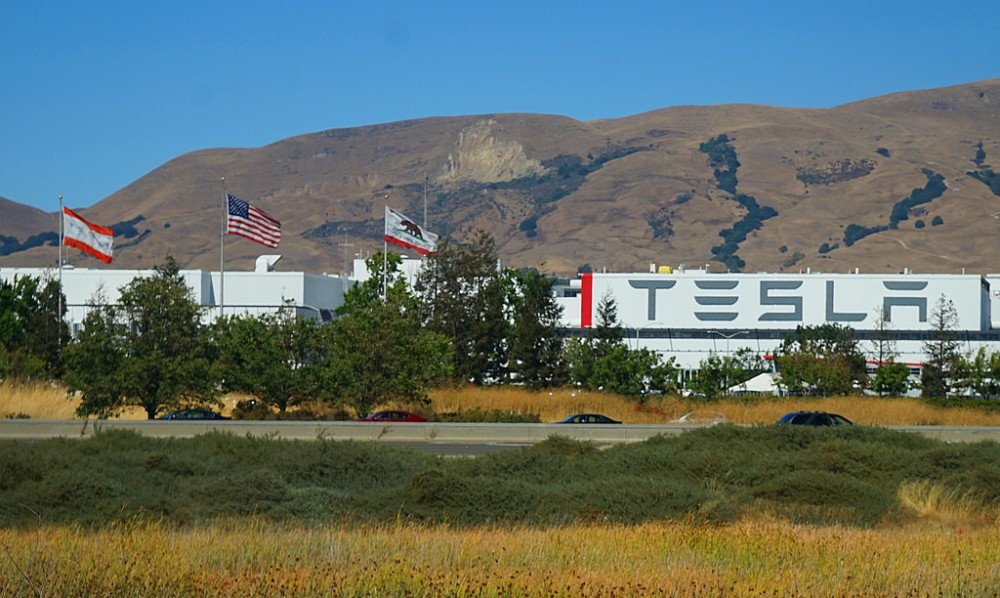Can states lead the way on climate change?
California is on track to reduce carbon emissions—through innovation as well as regulation.

A couple of days before Donald Trump was inaugurated, the National Oceanic and Atmospheric Administration and the National Aeronautics and Space Administration announced that in 2016 the earth had experienced the hottest temperatures on record—for the third year in a row. While environmental activists and policymakers around the globe are bracing for the impact of melting ice, rising oceans, devastating heat waves, and associated natural disasters, Trump has vowed to withdraw the United States from the 2015 Paris agreement on climate change, increase fossil fuel extraction, and curb the power of the Environmental Protection Agency. His cabinet is composed of skeptics of climate change and proponents of the fossil fuel industry. His White House website quickly erased Obama’s statement on climate change. Over the next four years, leadership on climate change is not likely to come from the federal government.
But there are bright spots in the struggle, perhaps most of all in California, where last year Governor Jerry Brown signed legislation that requires the state to reduce carbon emissions to 40 percent of 1990 levels by 2030, with an ultimate goal of an 80 percent reduction by 2050. The state is on track to reach this goal through a remarkable mix of government regulation and industry innovation.
On the government side, new construction rules require new homes by 2020 to meet energy-saving standards for insulation, tightly sealed windows and doors, and solar and wind capacity. On the industry side, California leads the nation in developing electric cars and high-speed trains. California has started down this path while increasing its economic output and outpacing the rest of the country in job growth. There are now more jobs in the solar industry than in the rest of California’s utilities combined.




